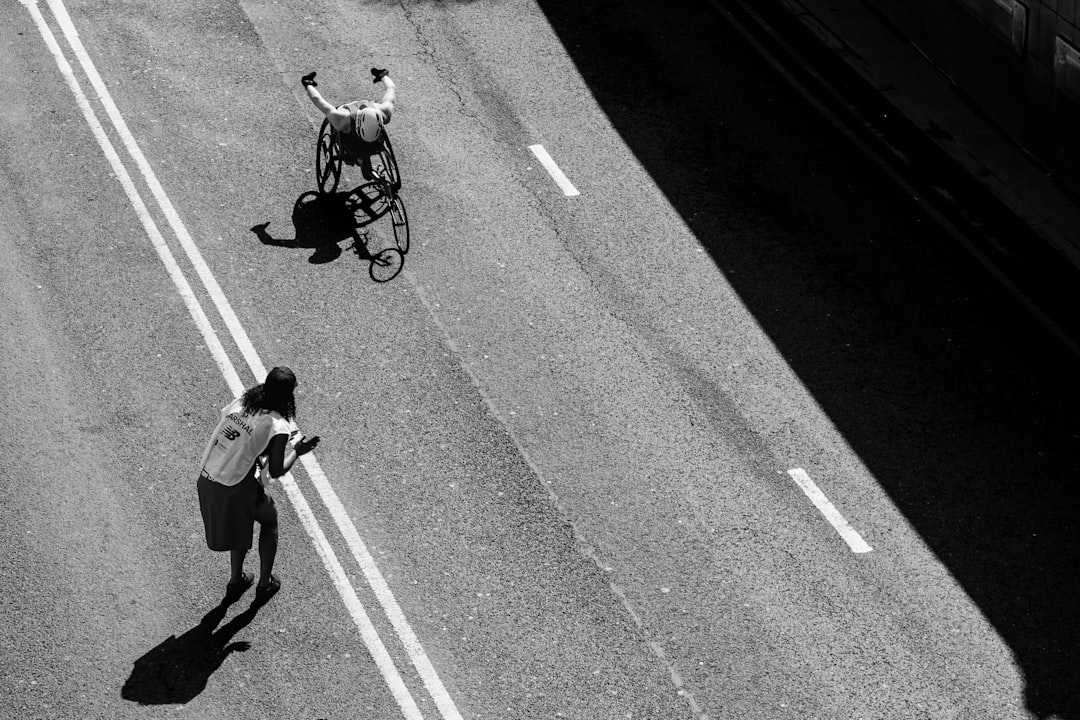Your Career is A Marathon, Not A Sprint
Super's stages, re-setting the GPS and crossing the finish line

In our world that seems to be geared towards doing things better, faster it’s common to feel the pressure to build a successful career quickly.
In fact it’s now a relatively standard expectation that your career will be figured out and you’ll be on the pathway to promotion and leadership within your first decade in work.
The thing is, your working life is long; and career development continuous.
On average adults today work for an average of 39 years and with the number of people working past state retirement age growing consistently; this figure won’t be reducing any time soon. (In fact if Stanford research is correct, most five year olds today will be facing careers of up to 60 years).
As much as the dream of retirement might entice you, 50% of those who continue working beyond state retirement age do so because in reality, they say they simply aren’t ready to stop.
The hard line that used to exist between working and not working is becoming increasingly blurred. And as the shape of work continues to change, it brings with it the opportunity to redefine your career and respond to what you want and need at each stage of your life.
But when you’re wrapped up the pace of day to day delivery and running on autopilot, that ‘how did I get here?’ feeling can leave you wondering if you really have managed your career, or if it has managed you.
So what can you do to prepare for the long game, whilst navigating where you are now?
Here are six things to get your juices flowing.
Meantime, if you haven’t already, I’d love it if you hit the button below.
Model: Donald Super’s life span theory set out five stages of career development. Created in the 1950’s it is still referred to frequently today and opens up interesting debate.
What are your initial reflections when you look at the model?
How strongly does or doesn’t it resonate with you?
If you were to create a model of your ideal stages of your career, what would it look like?
Reset: The conventional career has typically been a one-way path and there remains pressure to climb to the top quickly.
But increased career longevity brings increased opportunities and it’s now more possible than ever to reset your GPS to navigate new terrain, change course, or embrace times when you want to ease the pressure, rest and recharge.
In this way, life might be comprised of a series of Super’s stages; “mini-cycles” perhaps, that you move through with each iteration of your working life.
What are your instincts telling you about where you are right now?
What would be one simple way to test those instincts out?
What will you do?
Strategise: With any long term project there’s strategic and tactical perspectives that come into play.
What approach do you naturally lean towards when thinking about your work life?
What could more of the opposite do for you?
Imagine you had to write a short strategy document for the next stage of your career. What would it look like and say?
Reframe: After the mid point of your career it is common to think about retirement as being a finish line that will be crossed; with that finish line being closely associated with reaching financial stability without work. But what if you reframed that thought.
What will your career look like when it has reached its pinnacle?
What are the key experiences you’d like to have during your career?
What could career-completion look like for you?
Read: Dorie Clark’s latest book The Long Game about how to be a long term thinker in a world of work that is geared towards the here and now. Get it here:
Wise Words: From President Eisenhower. When thinking about your working life, what insight can you draw from this sentiment?
If you found this piece useful, I’d love if you could forward it or share it with someone who needs a touch of inspiration today. Just click on the button below.
Meantime, if you missed last weeks issue about how leaders can get better at saying no, you can find it here:
Thanks for reading Leadership with Rebecca. You can find more thought provoking leadership thinking here and connect with me on Linkedin and Twitter.










